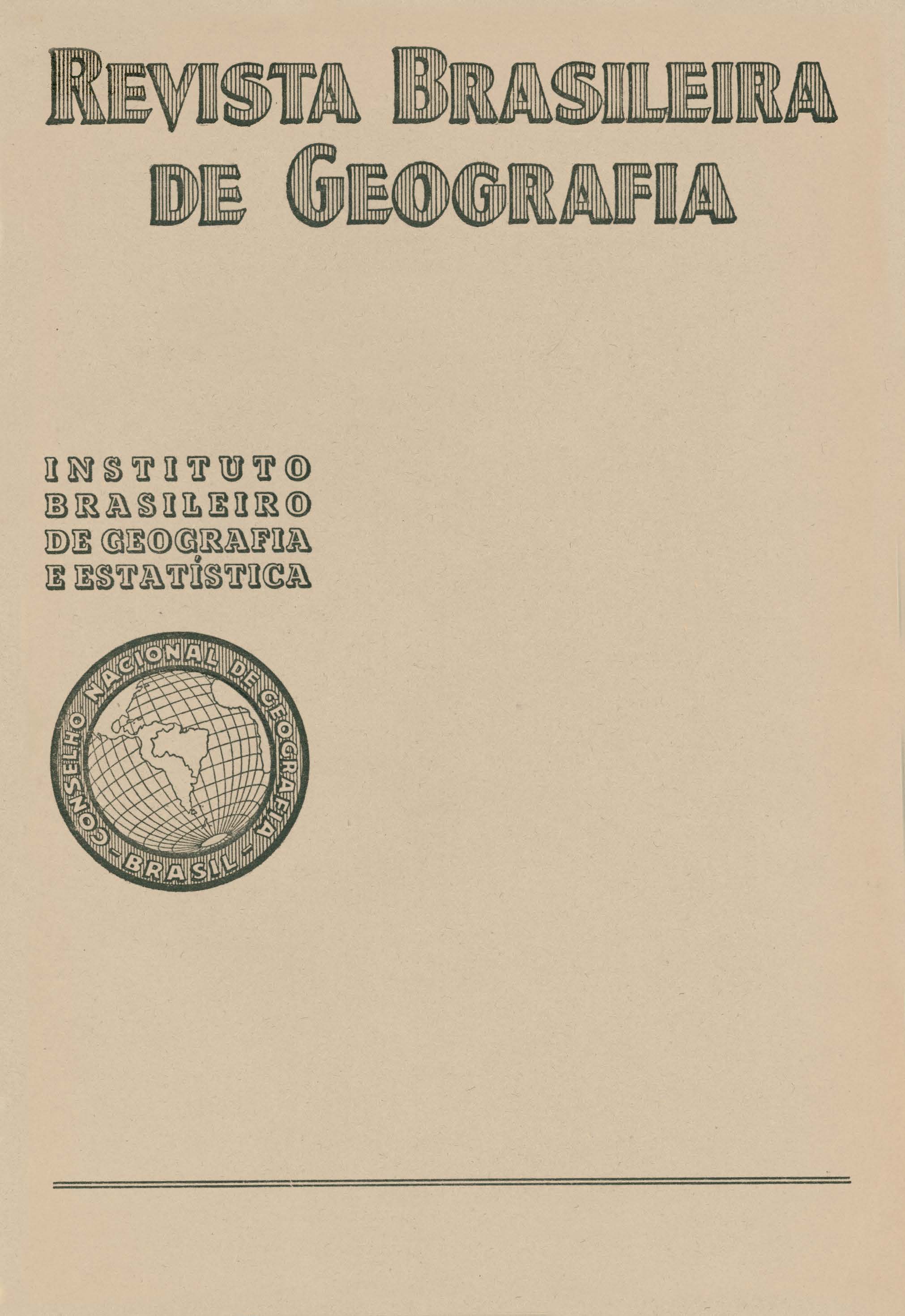Considerações sobre as formações permocarboníferas brasileiras
Resumo
Professor MATIAS G. DE OLIVEIRA Roxo, technical advisor in Paleography, National council of Geography, starts by quoting the authors who have studied the permocarboniferous layers of the South of Brazil, which are similar to. those occurring in South Africa, Continental India and West Australia. The flora there is called Glossopteris-Gangamopteris or simply Gangamopteris, and consists of trees of large fronds and foliage, the arborescent Lepidophyte and Coniferophyte being dominant.
He next presents Eusébio de Oliveira's proposed scheme of permian formations in the South of Brazil, stratigraphycally arranged from above downwards. Then he describes the basal limb of such formations, consisting of the tillite and conglomerate of Orleans (White), to which are added sandstone and schists. In these formations of glacial origin, which were first supposed to form a single layer, LEINZ has found vestiges of 5 horizons of tilite.
These strata, forming the so-called Itararé series, contain a minute marine fauna and vestiges of insect wings arid fishes. The author opposes SALOMON CALVI's opinion that marine fossils had been formed tn· salty water. ·
In passing to describe the strata in the Tubarão series of the Iower permian he deals With 1ts flora of which 9 gondwana typical kinds and 12 cosmopolite are known. He refutes the hypothesis that these species have come from the Antarctic continent or the northern hemisphere and regards it just as feeble as that which would consider the South of Brazil as their radiating center.
He searches into the probable climate of that time taking into consideration the climates where the present vegetable varieties are found as resembling most the fossil species observed. And he arrives at the conclusion that the climate could range from that now prevailing in the South of Brazil to that of the South island of New Zealand. He sets up a few other considerations about the climate on the basis of the the relief as well as on the land and . sea distribution of the permocarboniferous .ages. ·
He closes his writing by a correlation between the Brazilian permocarboniferous strata and those of other regions where gondwana formations occur.






